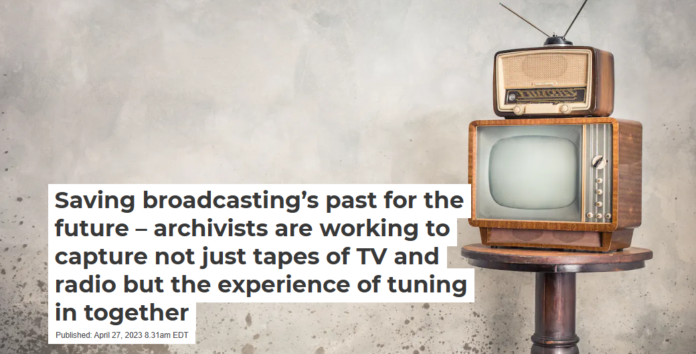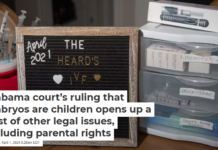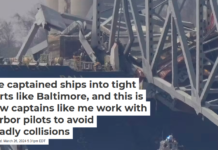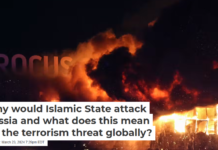

Michael J. Socolow, University of Maine
We’ve lived with broadcasting for more than a century. Starting with radio in the 1920s, then television in the 1950s, Americans by the millions began purchasing boxes designed to receive electromagnetic signals transmitted from nearby towers. Upon arrival, those signals were amplified and their messages were “aired” into our lives.
Those invisible signals provided our kitchens, living rooms and bedrooms with access to jazz clubs, baseball stadiums and symphony halls. For a century, they have been transporting us instantly to London, Cairo or Tokyo, or back in time to the old West or deep into the imagined future of interplanetary travel.
The reception of those radio, then television, signals didn’t just inform us, they shaped us. Everyone experienced broadcasting individually and collectively, both intimately and as members of dispersed crowds.
Radio and television fostered an ephemeral and invisible public arena that expanded our understanding of the world – and ourselves. Whether it was the final episodes of radio serials like “Gangbusters”, or television’s “M*A*S*H” or “Seinfeld,” Americans often marked the passage of time by shared broadcast experiences.
Even today, more Americans use standard AM/FM radio broadcasting than TikTok. At a time when most Americans get their news from local TV stations and broadcast television networks, and radio remains pervasive, it might seem frivolous to express concern about preserving technologies so deeply embedded in daily life.
Yet a media evolution is occurring, as paid subscription video streaming and audio services climb in popularity, and fewer Americans are consistently tuning in to broadcast media. https://www.youtube.com/embed/JBgyKJPFV20?wmode=transparent&start=18 CBS News anchor Walter Cronkite reports on the Nov. 22, 1963, assassination of President John F. Kennedy.
Demise of shared moments
The broadcasting era is becoming eclipsed by new media technologies. In the era of TV and radio dominance, “mass media” was defined by shared experiences.
But now, new media technologies – cable TV, the web and social media – are changing that definition, segmenting what was once a huge, undifferentiated mass audience. All those new media fragmented what were once huge collectives. Bottom line: We’re not all watching or hearing the same thing anymore.
With fewer Americans simultaneously sharing media experiences, the ramifications of this evolution stretch beyond the media industries and into our culture, politics and society.
The shared moments that electrified and unified the nation – from President Franklin Roosevelt’s fireside chats to TV news coverage of President John F. Kennedy’s assassination and up through the Sept. 11, 2001, attacks – have become more rare. Even national events, such as a presidential election, are different today in that our collective experiences now seem more individualized and less communal. People get their news about presidential elections from sources with radically different perspectives on what used to be shared facts.
The very idea of collectively tuning in to history as it happens has been altered, as the profusion of channels and platforms now funnels audience members into self-segregated affinity groups where messages are shaped more for confirmation than enlightenment.
How to remember
As we move into this new media world, broadcasting risks being relegated to the rustic past like other old media such as the rotary telephone, the nickelodeon, the 78-rpm phonograph and the DVD.
That’s why, from April 27-30, 2023, the Library of Congress is hosting a conference, titled “A Century of Broadcasting,” that invites scholars, preservationists, archivists, museum educators and curators, fans and the public to discuss the most effective ways to preserve broadcasting’s history.
The goal of the conference, convened by the Library of Congress’ Radio Preservation Task Force, is to begin envisioning the future of this technology’s past. As a radio historian and member of the Radio Preservation Task Force, I was invited to serve on the conference organizing team. Panels, papers and presentations will look at how broadcasting is currently being archived, and how we, as a society, can think more systematically and formally about how we’ll remember broadcasting. While the task force is primarily concerned with broadcasting’s inception as radio, aspects of television’s past will be included as well.
Preserving radio – and TV – is not as simple as storing machines or tapes. To understand broadcasting history, preservationists must try to describe an experience. It isn’t enough to show somebody the printed script from a 1934 Jack Benny radio program, or the theatrical stage set used when “All in the Family” was taped before a live studio audience in 1973. To comprehend what Jack Benny, Gracie Allen or Jackie Gleason meant to the people of the United States involves trying to imagine, and almost feel, an experience. https://www.youtube.com/embed/O7PNqiLGmQw?wmode=transparent&start=0 A recording of the Jack Benny radio show of Jan. 1, 1955, titled “Jack Doesn’t Have a Script.”
‘Essential’ first step
The Radio Preservation Task Force seeks to go beyond the big corporate commercial collections that already exist. NBC’s radio and TV archives, as well as the Radio Corporation of America’s and others, are already well-preserved and housed at repositories like the Library of Congress and the Smithsonian Institution.
The Radio Preservation Task Force is concerned with the diverse universe of broadcasting, including the many types of stations and networks that defined American broadcasting.
“Millions of Americans listened to college, community and educational radio stations that were less famous than CBS and NBC but still played an important role in daily life,” notes University of Colorado scholar Josh Shepperd, chair of the Radio Preservation Task Force. “Preservation projects associated with the Radio Preservation Task Force have revealed to us that African American radio stations played an important role in helping catalyze the Civil Rights Movement by fostering and inspiring community.”
Shepperd added that “those are just two examples of often-overlooked but essential components of our nation’s broadcast history.”
At the “Century of Broadcasting” Conference, scholars will examine such varied topics as how gender roles were performed on the air and how Spanish-language radio maintained listener identity with the community while broadening outreach. The conference also includes discussion of international and global radio communities, with scholars presenting on broadcasting history from France, Germany and Latin America.
“There’s even a panel on preserving the history of unlicensed and illegal ‘pirate’ radio,” says Shepperd.
Our media remains so atmospheric – it’s everywhere, all the time – that we too rarely pause to concentrate on how it evolves and how those transformations ultimately influence us.
Radio and TV might not technically be “endangered” right now; after all, we all still use telephones even if they look completely different and serve functions largely unimaginable 40 years ago.
Yet moving beyond the broadcast era holds important ramifications for all of us, even if we cannot precisely discern them in this moment. Recognizing the need to preserve radio and TV’s past marks an essential first step, so that the future will be properly informed about how we lived and communicated for over a century of American history.
Michael J. Socolow, Associate Professor of Communication and Journalism, University of Maine
This article is republished from The Conversation under a Creative Commons license. Read the original article.



















